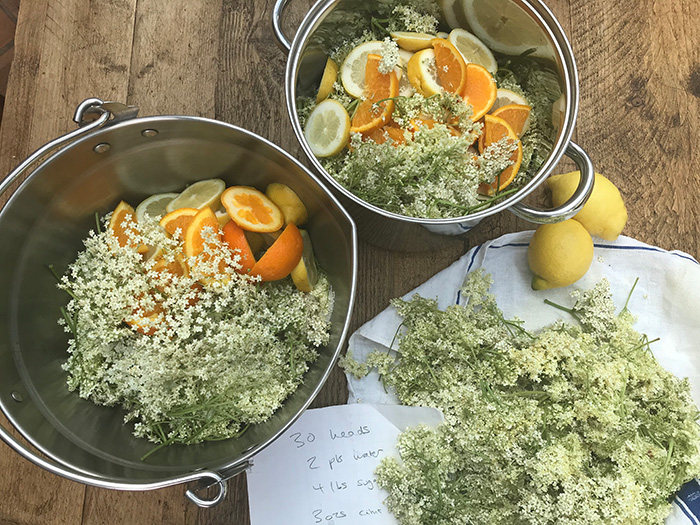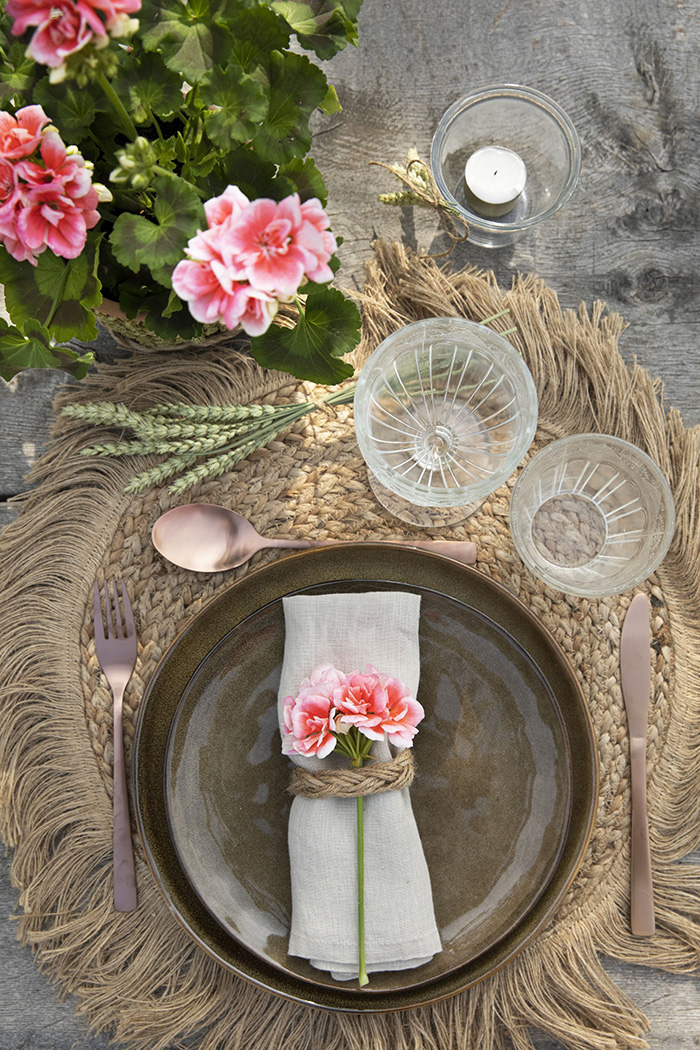Pick and cook your own summer harvest
Lucinda Hershberger/Unsplash
From foraging in the wild, to farms and back-garden bounty, enjoy the season’s tastiest fruits and flowers
There’s something special about getting outdoors and picking produce or flowers yourself, from the earth where they have grown. Whether this is from an organised pick-your-own farmer’s field, discovered on a woodland walk, or from your own garden, it creates a feeling of connection with nature. Here are our favourite summer pickings and how to enjoy them – from refreshing cordials to classic preserves.

Asparagus
British asparagus season runs throughout May and June, and while it’s a crop that’s grown nationwide, you can pick your own asparagus at farms throughout the UK too. It’s full of vitamin C, vitamin E and folic acid and can grow 25cm in 24 hours. The Vale of Evesham in Worcestershire is famous for its asparagus growing and hosts the British Asparagus Festival every year.
If you pick your own asparagus, wear footwear with closed toes as the crop is grown in very dusty, sandy soil, and take a sharp gardening knife to cut the spears close to the ground, as snapping them by hand can be wasteful and tricky.
Steam, blanch, roast or grill the spears. Asparagus is very versatile, but traditionally it’s boiled for up to 4 minutes and served with Hollandaise sauce and buttered bread.

Elderflowers
Elderflowers grow on elder bushes and can be found in hedgerows around the UK from late May to late June. The best time to pick is on a warm sunny day, when the blooms are fully open. Don’t pick if there has been recent rain, as lots of pollen gets washed away and they’ll be less flavourful. Ensure you pick from a high bush, away from any roads, for the cleanest flowers.
Visit the Woodland Trust‘s website for tips on how to identify elderflower, plus useful recipes. You can use it to make cordial, sorbet or ‘champagne’, or scatter the edible tiny white star-like flowers on desserts for elegant decorations.

Lavender
Easy to grow in a garden bed, planter or window box, lavender comes in a huge range of varieties and will bring bees and butterflies to your garden as well as smelling gorgeous on a warm day. It’s prized for being a calming scent and has been used in many sleep-aid products as a result.
You can pick your own, or buy fresh and dried lavender at farms. There are numerous lavender farms across the UK to pick your own or take Instagrammable images of the beautiful purple fields! Try Mayfield, Cotswold Lavender or Lavender Fields. Pick lavender late in the afternoon, when the sun has had time to work and the scent and oils will be at their peak.
If you’d like to grow and harvest your own, choose varieties ‘Vera’, ‘Munstead’ or ‘Hidcote’ for the best flavours.
Make lavender sugar by putting a few dried stems in your sugar jar to infuse, which you can then use for cakes, jams and desserts. Fill a small zip-up pouch or bag with dried lavender and place it under your pillow to help you sleep, or put it in a drawer to scent your clothes and keep away moths.

Strawberries
British strawberries peak in June and July, when summer sun makes them super-sweet. They’re high in vitamin C, folic acid and manganese, so they’re nutritious as well as delicious. Find a fruit farm near you at Pick Your Own Farms.
Strawberries won’t last long once picked, so eat them quickly or preserve for the months to come. Serve in the traditional way with fresh cream and a sprinkle of sugar to bring out the sweetness, or slice and use to fill a Victoria sponge cake along with a layer of mascapone. It’s best to use slightly under-ripe fruit to make a classic strawberry jam.

Hornby Whitefoot PR
Geraniums
Also known, more accurately, as pelargoniums, not only do these beautiful scented flowering plants look and smell lovely all summer long, the leaves and petals are edible too. Geranium essential oil (extracted from the leaves) is said to help alleviate stress and depression, and can be rubbed on your skin as a natural insect repellent. You can find more on buying and growing the many different pelargonium varieties from the RHS.
Keep the stems in water until you need to use the leaves or petals, otherwise they will wilt. Decorate cakes and desserts with the petals and add the leaves to summer salads. Gardening guru Sarah Raven grows ‘Attar of Roses’ and ‘Sweet Mimosa’ pelargoniums especially so she can use the leaves to make a lemon and rose-scented cordial, and for adding to blackberry and apple pies and crumbles later in the year.
WORDS: ELLIE TENNANT
Before you go...
...fancy automatic entry to all future competitions?
Simply register online today for FREE and you will get:
Automatic entry to all current and future competitions.
Access to Reclaim Inspiration - an online visual pinboard for saving all your home and style inspiration.
A regular newsletter of inspiration, ideas and advice.

Save all your articles in one place
Become a Reclaim Member to save all your home and style inspiration. Simply login or register online today for FREE and you will get:
Automatic entry to all current and future competitions.
Access to Reclaim Inspiration - an online visual pinboard for saving all your home and style inspiration.
A regular newsletter of inspiration, ideas and advice.








